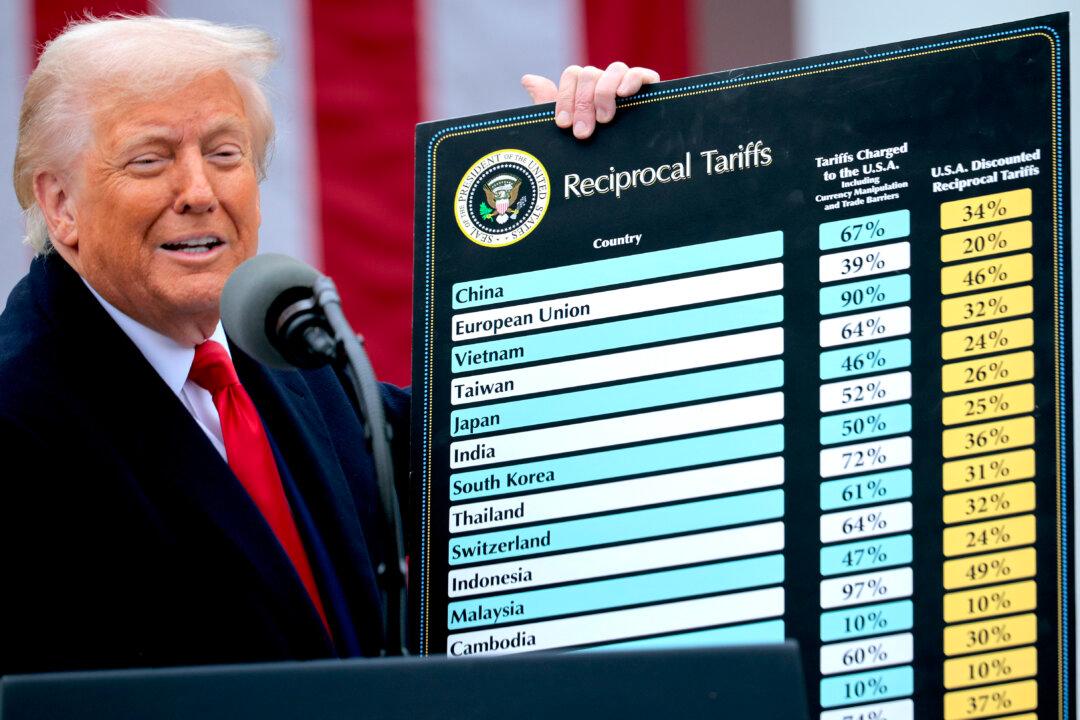Sept. 15 marks the 10th anniversary of the collapse of Lehman Brothers, which had unprecedented ramifications worldwide.
Painful lessons have been learned, but the debate continues among economists about whether the crisis could have been handled better.
Lehman was the fourth-largest U.S. investment bank before it filed for bankruptcy. With $639 billion in assets, it was the biggest bankruptcy in U.S. history.
The policymakers who handled Lehman’s bankruptcy in 2008 argue they did all they could.
“They could have prevented the bubble burst in the first place,” he said.
He thinks the former chairman of the Federal Reserve, Ben Bernanke, was one of those who failed to recognize the risk created by the private debt explosion.
“All these regulators were collecting data on global private debt and not worrying about it because economic theory said it did not matter,” he said.
“If I have to blame anybody, I will blame Bernanke,” he said, adding that Bernanke “was the main academic economist saying ‘Don’t worry about the level of private debt.’”
Bernanke also said the damage could have been reduced if investors hadn’t pulled money from the banks and other financial institutions.
‘Economic Pearl Harbor’
Billionaire investor Warren Buffett described the 2008 financial crisis as an “economic Pearl Harbor.”The Great Depression of 1929 didn’t hit that many people, while the subprime mortgage crisis touched everybody, he said.
Buffett expects another crisis in the future but doesn’t see any signs of that happening now.
The countries that had a crisis back in 2007 have a reasonable level of private debt now and lower credit demand than before, he explained.
He now identifies five countries that could have a credit crunch between today and 2020. According to him, China tops the list, as its private debt has doubled in the last eight years.
‘Bankers Are More Clever Than Regulators’
The collapse of Lehman Brothers didn’t really change anything, according to Dan Oliver, president of the Committee for Monetary Research & Education, a nonprofit that promotes public understanding of the nature of monetary processes.“If you look at the history of financial markets’ bubbles from last century, what you find is that the bankers are always more clever, they are one step ahead of regulators,” he said.
“So, if you’re a banker and you get paid a part of the upside of these bubbles, it’s your interest to blow the biggest bubble you possibly can because you get a bonus. And when the bank blows up, the taxpayer gets hit with the losses,” he said, calling the whole system pernicious.
In the book “Too Big to Fail,” author Andrew Ross Sorkin wrote that people who worked in the finance industry earned $53 billion in total compensation in 2007.
Although banks are better capitalized today, the financial industry’s view of Dodd-Frank is quite different. Industry experts argue that the over-regulation has increased costs and affected the economy in negative ways.
Some critics also say Dodd-Frank has failed to eliminate banks’ risky transactions.
A lot of the “nefarious” activities the banks had in 2007 didn’t disappear with increased regulations, Oliver said.
“They no longer do directly. They do as they lend money to these nonbank lenders. So their balance sheet looks fine. But actually, the activities are worse than ever,” he warned.
The large banks still have an interdependent relationship with their hedge-fund and private-equity clients. And these funds use large banks’ balance sheets to increase leverage and boost returns—and they pay large fees to bigger banks in return.
These funds are still using the products Dodd-Frank was supposed to eliminate, and now create more complex structures to mask their activities, according to experts.
Government’s Response to Crisis
Dodd-Frank, which aimed to end the “too big to fail” mentality, has instead hurt small banks and consumers, according to critics.Community banks play a critical role in the U.S. economy by offering a large amount of consumer, residential mortgage, and small business loans. And these banks lost their competitive advantage against the larger U.S. banks as the cost of regulation absorbed a big portion of their budgets.
Increased regulatory demands and capital requirements increased the compliance costs for many small players, including investment management firms.
“The regulations—when they get rolled out—they capture everybody,” said Stephen Taddie, managing partner at Stellar Capital Management, an Arizona-based investment management firm.
“In our business as an investment adviser, we have to have the same compliance procedures that JPMorgan has to have. It costs us about the same. We’ve got to hire a chief compliance officer. We’ve got to go through all these procedures,” he said.
The expense of compliance is “much higher as a percent of our top line” than it is for a larger bank, he said.
In May, Congress passed a bill that rolled back parts of Dodd-Frank to provide regulatory relief for smaller financial institutions.





